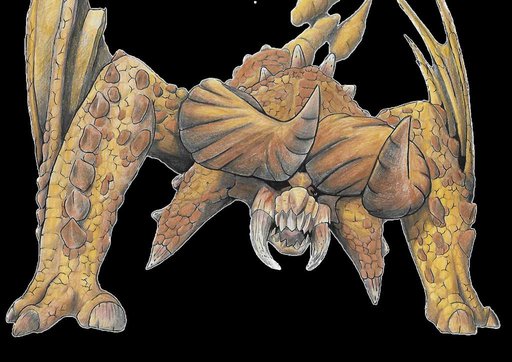
- #Monster hunter international reading order portable#
- #Monster hunter international reading order plus#
- #Monster hunter international reading order series#
#Monster hunter international reading order portable#
In 2007, Capcom launched an enhanced version for PlayStation Portable and iOS in the USA and Europe, Monster Hunter Freedom 2. Monster Hunter Freedom 2 – 2007 (International Version / Enhanced Port) These villages are varied, offering a multitude of side quests and NPCs not present in the original game. The adventure takes players to several towns and villages where you need to protect the locals from powerful beasts. As for Kotoko, there’s a Kotoko Village in the game you can visit at any time. Monster Hunter 2 also allowed players to create their avatars through a character creation screen.
#Monster hunter international reading order series#
However, as the first game, the series was not very popular outside of Japan. Overall, it was an improvement over the first title. The title brought about 24 new enemies, as well as returning monsters from the previous title.

The sequel debuted in 2006 for PlayStation 2 in Japan. Second Generation Monster Hunter 2 – 2006 (Main Series) New monsters include the lion-headed Dragon Teostra, the metallic wind dragon Kushala Daora, or the primates Congalala and Blangonga. It debuted for the PlayStation Portable with improved visuals, extra content, and new monster kinds (subspecies). The studio released an enhanced version in 2005, Monster Hunter Freedom. Monster Hunter Freedom – 2005 (International Version / Enhanced Port)
#Monster hunter international reading order plus#
It brought eight weapon archetypes (melee and ranged), plus the ability to gather resources from monsters. Overall, the title presented the core characteristics of the series. Kokoto is a hunter trainee, and he must complete a series of challenges to rise within the hunter guild. The title follows Kokoto, a hero looking to protect a village from giant flying creatures, Wyverns. It’s a Japan-exclusive release, but it reached international markets with the enhanced port. The first game in the Capcom series debuted in 2004 for PlayStation 2. First Generation Monster Hunter – 2004 (Main Series) The original Monster Hunter is a PlayStation exclusive. Some players would consider Monster Hunter as an action-adventure game instead of ARPGs. The newer titles in the series allow multiplayer co-op, with up to 4 people hunting together, further increasing the difficulty. Once you go through the story, you can play it again with increased challenges. Lastly, there’s a main quest on every Monster Hunter as well. Hunters can attack, dodge, parry, perform combos, use abilities, tools, and drink potions. There’s, of course, a fluid, action gameplay that makes these titles come together. You hunt monsters, grow stronger, and face stronger enemies. Naturally, the stronger the enemy, the better the gear you need and loot. That said, these games have about 14 weapon archetypes, most of which can apply elemental damages or status effects.


Instead, character progression depends entirely on gear. However, unlike other RPGs, the hunters have no attributes. Moreover, most beasts have bounties that players can trade to buy weapons, armor, and trinkets. These monsters drop powerful loot and resources. The player takes the role of a hunter who must capture or kill giant monsters all over the map. Monster Hunter is an action RPG title with a semi-open-world setting.



 0 kommentar(er)
0 kommentar(er)
